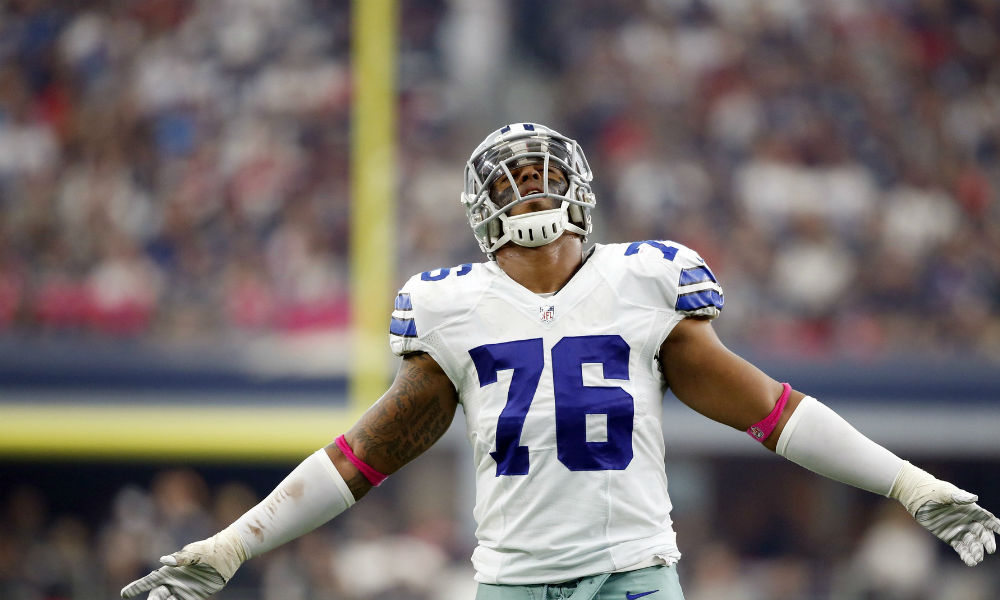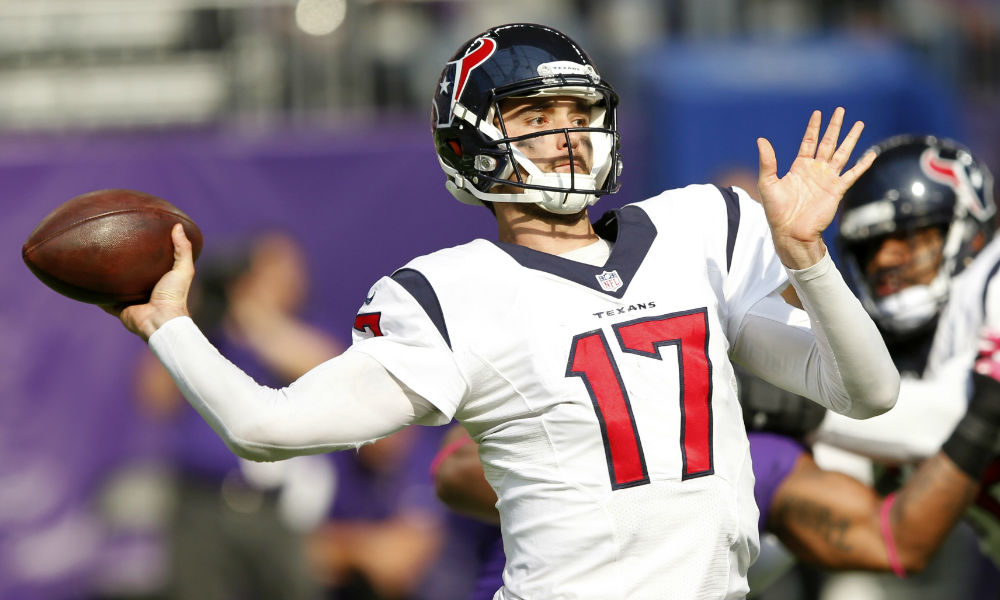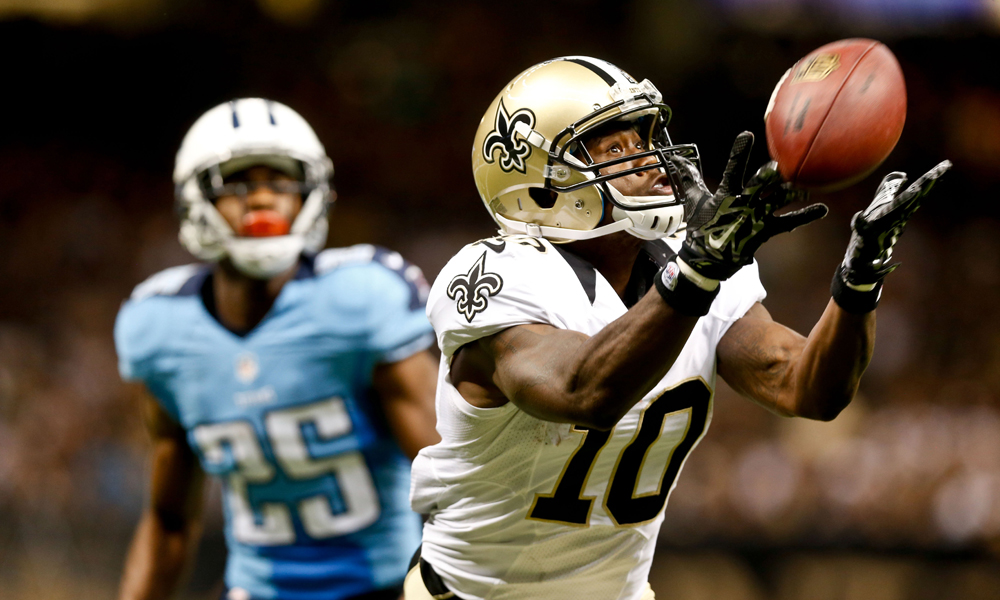News
Video media issues the focus of NFL owners meeting
PHOENIX — Despite intriguing discussions about building a new stadium in Los Angeles, where fans might actually attend a game, actions taken Monday at the NFL annual meeting reconfirmed the game’s reliance — and limitations — involving the all-powerful video media.
The owners approved suspension of the controversial local blackout policy for the 2015 season. Although league officials say this move will be reviewed after the season, the suspension of blackouts would bring the NFL into line with an FCC edict last September to repeal sports blackouts.
Blackouts were first enforced in the 1970s, when teams feared that the growing popularity of television would impact attendance if local games were aired. Rules were put in place that demanded a sellout 72 hours before kickoff to prevent a local blackout. Teams went to great lengths to avoid blackouts, including buying remaining tickets. There were no blackouts in 2014 and only two in 2013.
Meanwhile, the competition committee reviewed 13 proposed changes involving televised instant replay and said it did not support extended use of video to review more penalties.
The owners will discuss and vote on the committee’s recommendations on Wednesday.
In its recommendation, the committee decided to reword the language to simplify the on-field official’s interpretation of a play.
The example cited was the “catch-no catch” call that became cause celebre on a play involving Dallas Cowboys wide receiver Dez Bryant in the playoffs. And it should not be a surprise that the new, improved wording still determines that infamous play was a no-catch.
Previously, according to the rule’s wording, a catch was determined if the receiver clearly controlled the ball long enough to make an act “common to the game.” St. Louis Rams coach Jeff Fisher explained the nuances involved in the new language.
“We looked at this long and hard and we think the rule doesn’t really need to be changed, but instead change the language to make it clear,” Fisher said. “So instead of an act common to the game, or football move, we determined that the receiver can demonstrate possession — assuming he catches the ball and has both feet in bounds — if he is clearly established as a runner.”
In Bryant’s case, he caught the ball inside the 5-yard line and made a spinning move toward the end zone, but when he landed the ball popped out of his hand. In that case, he did not clearly establish himself as a runner.
Fisher said if a player opted to dive over the goal line on a catch before establishing himself as a runner, he would need to maintain possession after crossing the line and hitting the ground. The act of crossing the goal line would not determine possession or a score.
“If a player decides to hold the ball out while diving over the goal line, he just has to make sure he maintains possession when the ball hits the ground,” Fisher said.
Overall, competition committee chairman Rich McKay, president and CEO of the Atlanta Falcons, said the intent of instant replay was not to replace the judgment of an on-field official but to correct officiating errors that dealt with objective facts.
Still, the committee obviously felt the standards of officiating needed to be addressed in some areas, including their physical conditioning and obvious disparities in judgment or emphasis from crew to crew.
In a statement, the committee revealed that for the past two seasons the officiating department implemented an enhanced training program and a “more robust performance review system.”
To offset the impact of tendencies by certain crews, the officiating department may change the makeup of crews, or rotate officials within crews, during the season.
Until now, the NFL mixed crews only in the postseason. The danger of that became obvious in the wild-card game between the Detroit Lions and Dallas Cowboys. On a key play, a penalty flag was thrown that would have given Detroit a first down. But it was picked up after a quick suggestion by another official in what obviously dramatized a lack of communication among newly assembled officials.
The committee also recommends a process by which a game can be stopped by a spotter who is watching for players who are apparently injured and should be taken out of the game.
Recently there were widely publicized instances in which players seemed to be hurt but stayed in the game. New England Patriots wide receiver Julian Edelman seemed dazed in the Super Bowl. In 2013, Cleveland Browns quarterback Colt McCoy appeared to be out on his feet after a violent collision. Both players were allowed to continue.
News
Buccaneers admit mistake, boot Aguayo
Source: Mike Florio of ProFootballTalk
Powered by WPeMatico
News
Did Bucs put too much pressure on Aguayo?
Source: Mike Florio of ProFootballTalk
Powered by WPeMatico
News
Broncos holding their breath on Derek Wolfe
Source: Mike Florio of ProFootballTalk
Powered by WPeMatico




